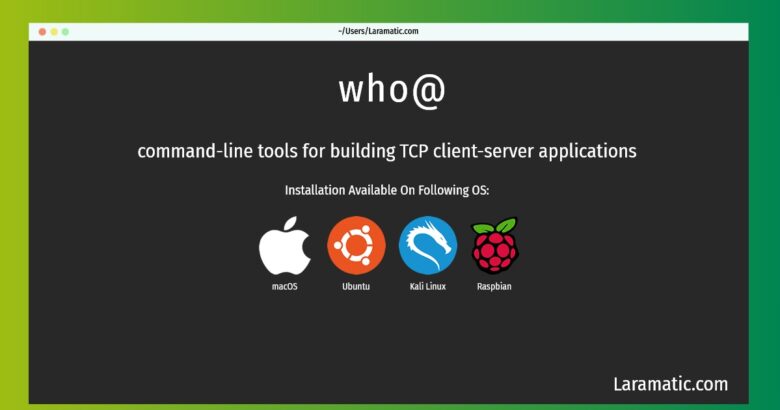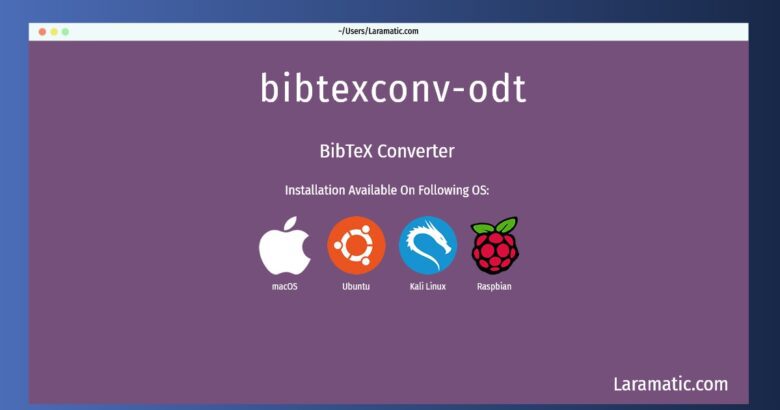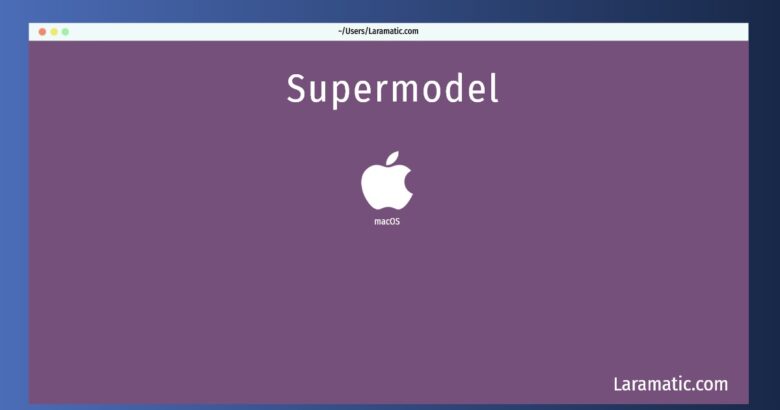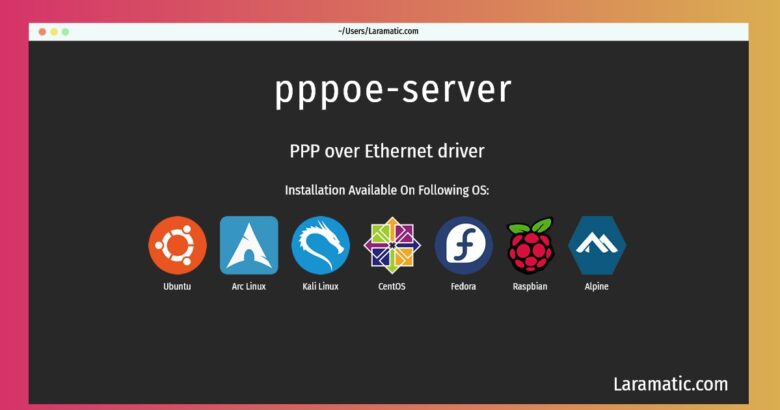How To Install Env In Debian, Ubuntu, Alpine, Arch, Kali, CentOS, Fedora, Raspbian And MacOS?
Maintainer: Michael Stone
Email: [email protected] .
Website: https://gnu.org/software/coreutils
Section: utils
Install env
-
Debian
apt-get install coreutilsClick to copy -
Ubuntu
apt-get install coreutilsClick to copy -
Alpine OS
apk add coreutilsClick to copy -
Arch Linux
pacman -S coreutilsClick to copy -
Kali Linux
apt-get install coreutilsClick to copy -
CentOS
yum install coreutilsClick to copy -
Fedora
dnf install coreutilsClick to copy -
Raspbian
apt-get install coreutilsClick to copy -
macOS
brew install coreutilsClick to copy
Show the environment or run a program in a modified environment.
How to use env?
Below are few example commands for env that you can use in the terminal.
Show the environment:envClick to copyRun a program. Often used in scripts after the shebang (#!) for looking up the path to the program:env programClick to copyClear the environment and run a program:env -i programClick to copyRemove variable from the environment and run a program:env -u variable programClick to copySet a variable and run a program:env variable=value programClick to copy
Installing env command is simple. just copy one of the above commands for your operating system and paste it into terminal. This command is available for Debian, Ubuntu, Alpine, Arch, Kali, CentOS, Fedora, Raspbian and macOS operating systems. Once you run the command it will install the latest version of env 2024 package in your OS.







